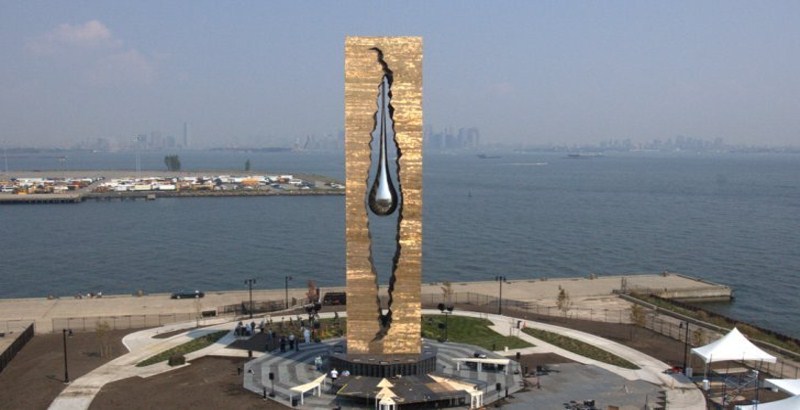
Syria: On September 27th, the United Nations Security Council unanimously adopted a resolution outlining the details of the turn over and dismantlement of Syria’s chemical weapons. Syria’s president, Bashar al-Assad, has stated that his government will abide by last week’s UN resolution calling for the country’s chemical weapons to be destroyed.
It appears that this news was well received by the people of Syria. The black-market exchange rate for the Syrian pound (SYP) has dropped from 206 per U.S. dollar on September 25th to 168 on September 30th. That’s a whopping 22.6% appreciation in the pound against the dollar. Currently, the implied annual inflation rate in Syria sits at 133 percent, down from a rate of 185 percent on September 25th.
Iran: Since President Rouhani took office, Iranian expectations about the nation’s economy have turned positive. Over the past month we have seen a significant decrease in the volatility of the Iranian rial on the black market. This trend of stability has continued into this week, as President Rouhani’s trip to the UN has raised hopes of constructive cooperation with the West. In consequence, the rial has remained virtually unchanged on the black market, moving from 30,500 per U.S. dollar on September 25th to 30,200 on September 30th. The implied inflation rate in Iran as of September 30th stands at 8%, down from 23% on September 25th.
Venezuela: While the crises in the Middle East are easing, the troubles in Venezuela are far from over. The black market exchange rate for the Venezuelan bolivar has fallen from 44.03 per U.S. dollar on September 24th to 40.92 on September 30th. This represents an appreciation of 7.6% over the last week. The implied annual inflation rate as of September 30th sits at 255%, down from a local high of 292% on September 17th. The ConocoPhillips dispute, a massive blackout, and worsening shortages caused by price controls have ravaged the Venezuelans’ confidence in the bolivar over the month of September.
Although the bolivar has rebounded modestly in recent weeks, this simply indicates that the economic outlook in Venezuela is only slightly less miserable than it was in mid-September. The economy is still on a slippery slope and economic expectations continue to be weighed down by the fragile political atmosphere, worsening shortages, and the ever-present specter of political violence. An inflation rate of 255% is nothing to celebrate.
Argentina: The black market exchange rate for the Argentine peso has held steady at around 9.5 per U.S. dollar since September 25th, with a 9.55 exchange rate on September 30th. That represents a 2.9% decrease in the value of the currency from the September 22nd rate of 9.27. The implied annual inflation rate as of September 30th sits at 54%, a decrease from the rate of 49% on September 22nd.
Egypt: The black market rate for the Egyptian pound has held steady at around 7.1 per U.S. dollar since September 25th, roughly the same level as the official exchange rate. This indicates that, for the time being, the military has brought some semblance of stability to the Egyptian economy. As of September 30th, the black market exchange rate was 7.12. The implied annual inflation rate as of September 30th sits at 19%.
For up-to-date information on these countries and their troubled currencies, see theTroubled Currencies Project.
Author Steve H. Hanke

0 responses on "Syrian Pound Soars, Iran’s Single Digit Inflation, and Other Troubled Currencies Project Updates"